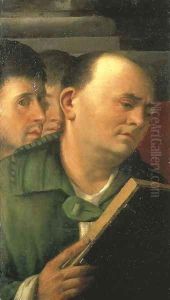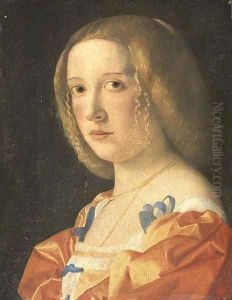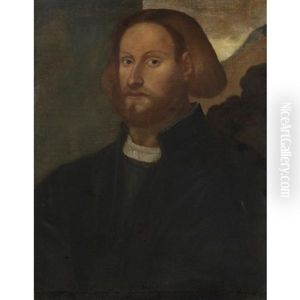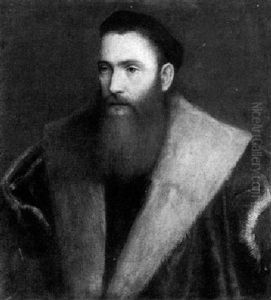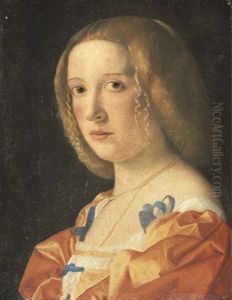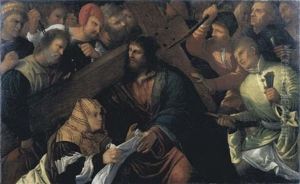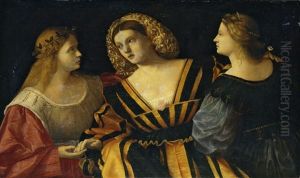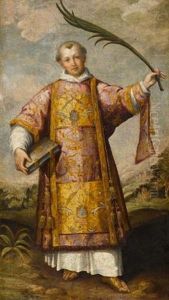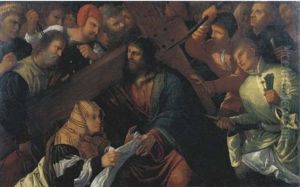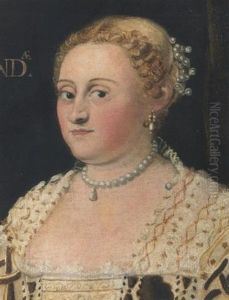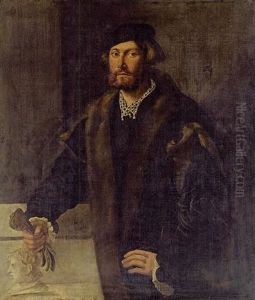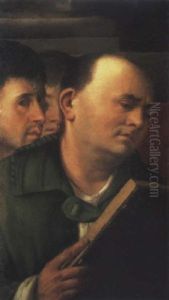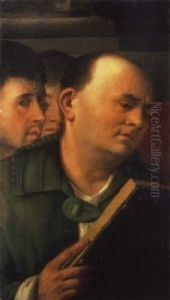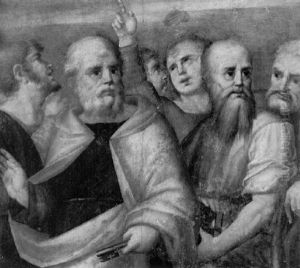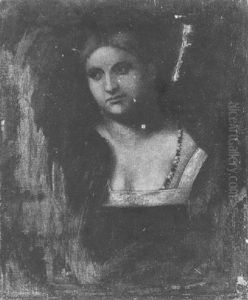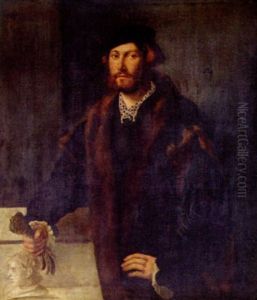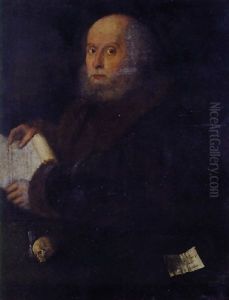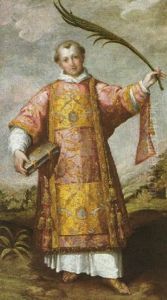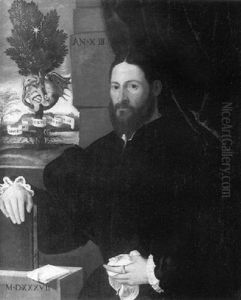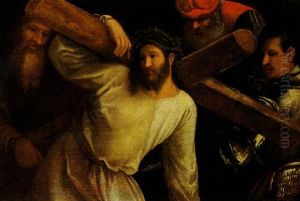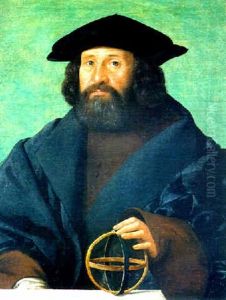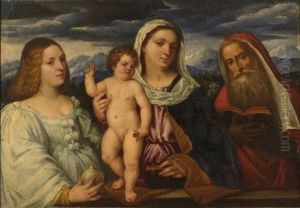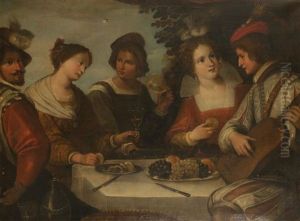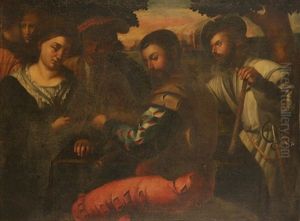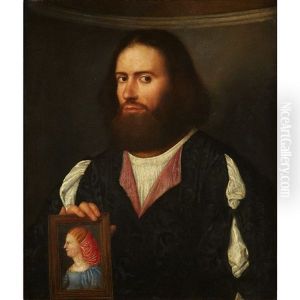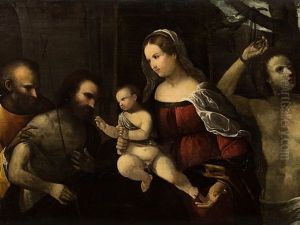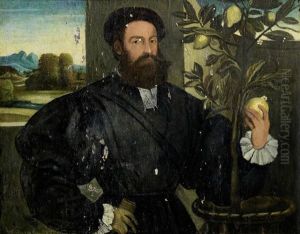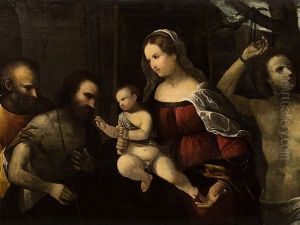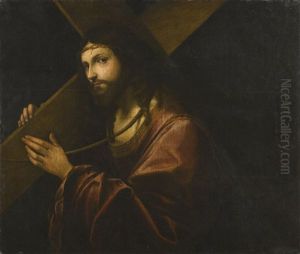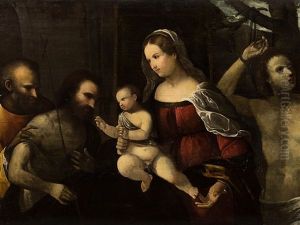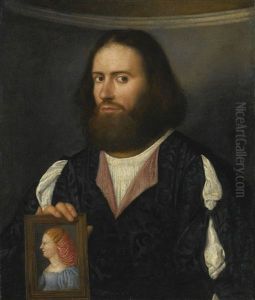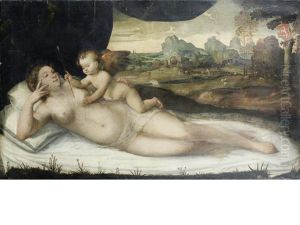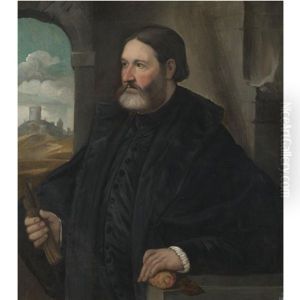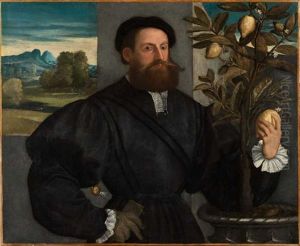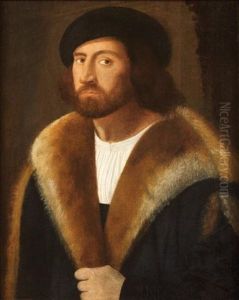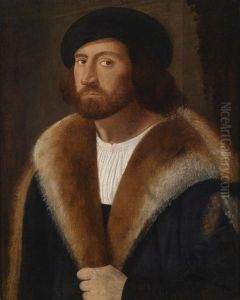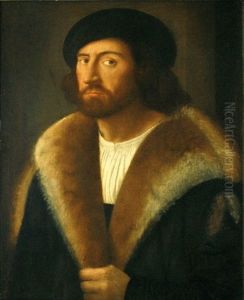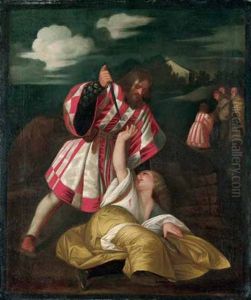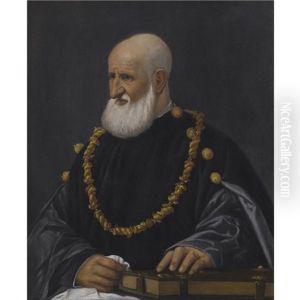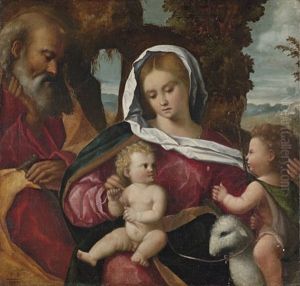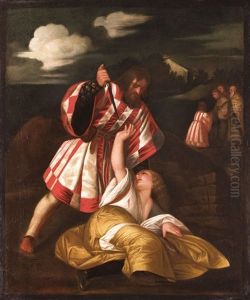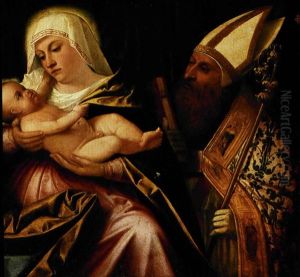Giovanni Cariani Paintings
Giovanni Cariani, also known as Giovanni Busi or Il Cariani, was a significant Italian painter of the High Renaissance, born in 1485 in Fuipiano al Brembo, a small town in the Bergamo territory, part of the Venetian Republic. Not much is known about his early life or training, but it is speculated that he may have traveled to Venice in his youth, where he would have been exposed to the works of great masters such as Giorgione and Titian, whose influences are evident in his style.
Cariani is particularly noted for his contributions to the Venetian Renaissance painting, characterized by his vibrant use of color and a keen attention to detail, aspects that align him with the stylistic tendencies of his more famous contemporaries. He was adept in various genres, including religious subjects, portraits, and mythological scenes, showcasing a versatility that allowed him to cater to the diverse tastes of his patrons. His works are distinguished by their emotional depth and often include subtle, but significant, details that reveal the psychological complexities of his subjects.
Around 1517, Cariani returned to Bergamo and became a leading painter in the area, contributing significantly to the cultural and artistic life of the city. During this period, he produced some of his most notable works, including altarpieces and portraits that reflect a unique blend of Venetian colorism and Lombard naturalism. His paintings from this period reveal a marked interest in landscape and the effects of light, anticipating some of the concerns of the later Venetian school.
Despite his considerable output and influence in his time, Cariani has not been as widely recognized as some of his contemporaries in the broader narrative of Renaissance art history. However, recent scholarship has begun to reassess his work, highlighting his role in the development of Venetian painting and his contribution to the Renaissance's exploration of human emotion and naturalism. Giovanni Cariani died in 1547 in Venice, but his legacy lives on through his contributions to the Italian Renaissance and the enduring appeal of his works.
